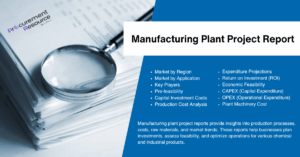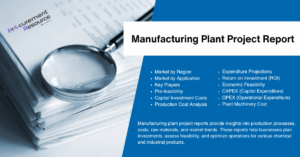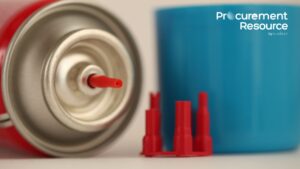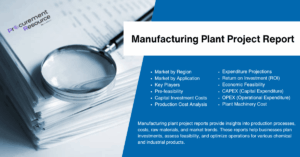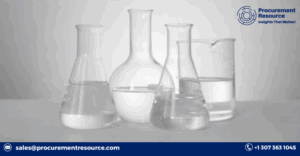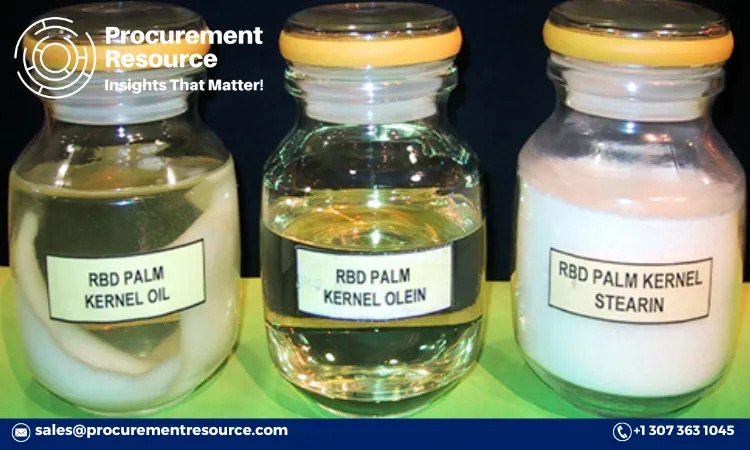
Refined, Bleached, and Deodorized (RBD) Palm Kernel Olein is a high-quality oil derived from the palm kernel. It is widely used in the food industry for cooking, frying, and as an ingredient in various processed foods. This blog delves into the intricate production process of RBD Palm Kernel Olein, provides insights into the production cost, and offers a detailed manufacturing report.
Market Overview
The global demand for RBD Palm Kernel Olein has been on the rise due to its versatile applications and beneficial properties, such as high stability and a balanced composition of saturated and unsaturated fats. The production process is highly technical and requires meticulous attention to detail to ensure the final product meets quality standards.
Request For Sample: https://www.procurementresource.com/production-cost-report-store/rbd-palm-kernel-olein/request-sample
Production Process
- Kernel Crushing: The first step involves extracting the palm kernels from the fruit bunches. The kernels are then crushed to obtain crude palm kernel oil (CPKO).
- Refining: The crude oil undergoes a refining process to remove impurities. This involves several stages:
- Degumming: Water and phosphoric acid are added to the crude oil to remove phosphatides.
- Neutralization: Free fatty acids in the oil are neutralized using a caustic soda solution, forming soap stock that is removed.
- Bleaching: The oil is mixed with bleaching earth to remove color pigments, oxidized products, and residual soaps.
- Deodorization: The bleached oil is then heated under vacuum and steam is injected to remove odoriferous compounds.
- Fractionation: The refined oil is subjected to fractionation to separate it into liquid (olein) and solid (stearin) components. The olein fraction, which remains liquid at room temperature, is the desired product.
- Polishing and Packaging: The RBD Palm Kernel Olein is polished to remove any remaining impurities and then packaged for distribution.
Production Cost Report
The production cost of RBD Palm Kernel Olein is influenced by several factors:
- Raw Material Costs: The price of palm kernels and crude palm kernel oil can fluctuate based on market conditions.
- Processing Costs: These include expenses related to refining, fractionation, and other processing steps. Energy consumption, chemicals, and labor costs are significant components.
- Logistics and Distribution: Transportation and packaging costs also contribute to the overall production cost.
- Capital Expenditure: Investment in machinery and equipment for the production process is a crucial consideration.
A detailed cost analysis includes fixed costs (such as equipment depreciation) and variable costs (such as raw materials and utilities). Producers aim to optimize efficiency to minimize costs while maintaining product quality.
Manufacturing Report
A comprehensive manufacturing report for RBD Palm Kernel Olein typically includes:
- Introduction: Overview of the product and its applications.
- Market Analysis: Insights into market demand, key players, and competitive landscape.
- Production Process: Detailed description of each stage of the production process.
- Cost Analysis: Breakdown of production costs, including raw materials, processing, and logistics.
- Quality Control: Measures to ensure the product meets industry standards.
- Environmental Impact: Assessment of the environmental footprint of the production process and strategies for sustainable practices.
- Technological Advancements: Innovations in production techniques that enhance efficiency and product quality.
Process Optimization and Sustainability
Producers are continually exploring ways to optimize the production process and reduce costs. Technological advancements such as automated systems and improved refining techniques contribute to higher efficiency and better quality control. Additionally, sustainability practices, including waste management and energy conservation, are becoming integral to the production process.
Conclusion
The production of RBD Palm Kernel Olein is a complex and meticulous process that requires a deep understanding of the technical steps involved and a keen focus on cost management. By optimizing each stage of the production process and embracing sustainable practices, producers can ensure a high-quality product that meets the growing global demand.
In the competitive landscape of the palm oil industry, staying informed about market trends and technological advancements is crucial. A comprehensive production cost report and manufacturing analysis provide valuable insights for stakeholders, helping them make informed decisions and maintain a competitive edge in the market.
